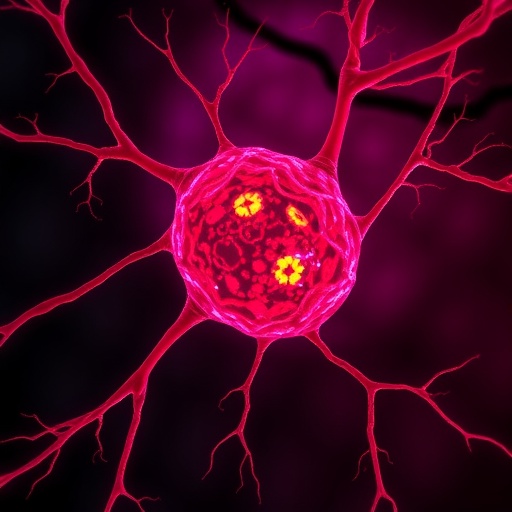ANN ARBOR–Communication breakdown among nurses and doctors is one of the primary reasons for patient care mistakes in the hospital.
In a small pilot study, University of Michigan researchers learned about potential causes of these communication failures by recording interactions among nurses and doctors, and then having them watch and critique the footage together.
Several themes emerged to help explain the poor communication, and both nurses and physicians improved their communication styles, said Milisa Manojlovich, U-M professor of nursing, who defines communication as reaching a shared understanding.
One barrier to good communication is that the hospital hierarchy puts nurses at a power disadvantage, and many are afraid to speak the truth to doctors, Manojlovich said.
The recordings showed that nurses didn't directly request what they wanted or express their needs. They communicated indirectly, which confused physicians, who often ignored the nurses' requests and moved on to the next agenda item rather than ask for clarification.
The study also found that because doctors and nurses approach patient care from vastly different angles, achieving understanding isn't easy.
Manojlovich said one interaction in particular really showcased the different approaches to patient care. A patient with mouth pain, caused by a fungal infection called thrush, couldn't swallow the pills she needed to get better. The physician wanted to prescribe more medication to treat the thrush, but the nurse–who knew the patient well–wanted to treat the patient with strong painkillers, as well.
"The physician realized that the pain was inhibiting the treatment, and treating the pain, as well as the condition, would solve the problem," Manojlovich said.
Finally, the recordings showed that in good communication, the body language of both parties mimicked the other. In strained relationships, body language wasn't in sync.
Manojlovich and her team followed physicians and nurses at the U-M Health System. Then, nurses and physicians watched and commented on the clips separately, and those comments were incorporated into the video. Finally, both parties watched the clip together.
"The only way you can become aware of your habits is by watching yourself," Manojlovich said.
Overall, the interactions were positive in the sense that there wasn't any contention, but there was room for improvement.
"One physician said, 'I didn't give the nurse a chance to answer,' and this physician had a habit of doing that and recognized it," Manojlovich said. "She was one of the champions of the study."
Next, Manojlovich hopes to record a larger group and use the videos as training tools to improve communication.
###
The project was supported by grant number R03HS024760 from the Agency for Healthcare Research and Quality.
Study abstract
Milisa Manojlovich
Media Contact
Laura Bailey
[email protected]
@umich
http://www.umich.edu/
http://dx.doi.org/10.1136/bmjqs-2017-007728




